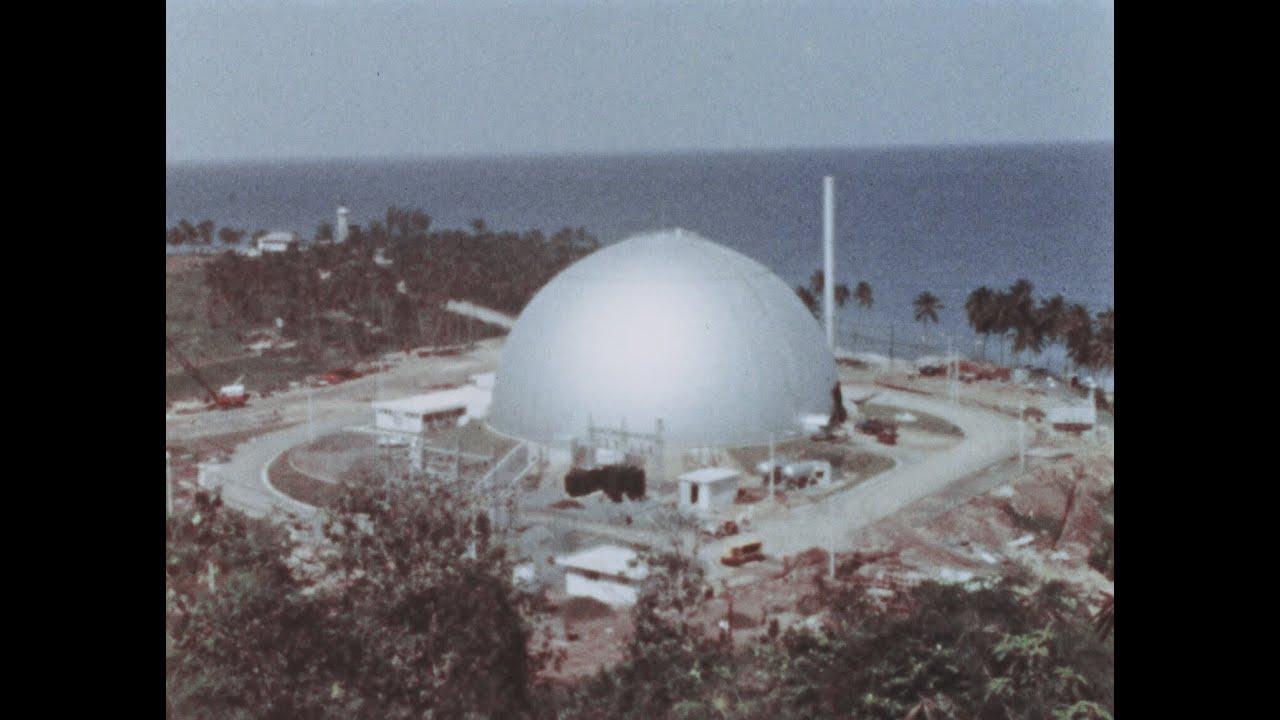As part of its seemingly endless exploration of new designs for civil nuclear power stations, in 1960 the U.S. Atomic Energy Commission began construction of the Boiling Nuclear Superheater Reactor Facility (BONUS) at Rincón, on the west coast of the U.S. island of Puerto Rico. This was a new design for light water moderated and cooled reactors which produced superheated steam, allowing it to drive an electricity generating turbine with an efficiency of more than 50%, compared to around 30% for conventional saturated steam reactor plants.
BONUS went critical in April, 1964 and began operating at its full design thermal power of 50 megawatts in September 1965, producing steam at a temperature of 482° C. Superheated steam is more corrosive than saturated steam and requires careful design of fuel elements and plumbing to resist damage.
Apparently, design was insufficiently careful, because in June 1968 the reactor was shut down due to problems and estimates of high cost to remedy them. Producing only a small amount of electrical power for the grid, it was more trouble than it was worth, and the reactor was decommissioned between 1969 and 1970. BONUS was one of only two superheated steam boiling water reactors made in the U.S. The technology has not been pursued since.
This 1967 film presents the project as a triumph and never mentions the problems which would cause it to be terminated a year later.
